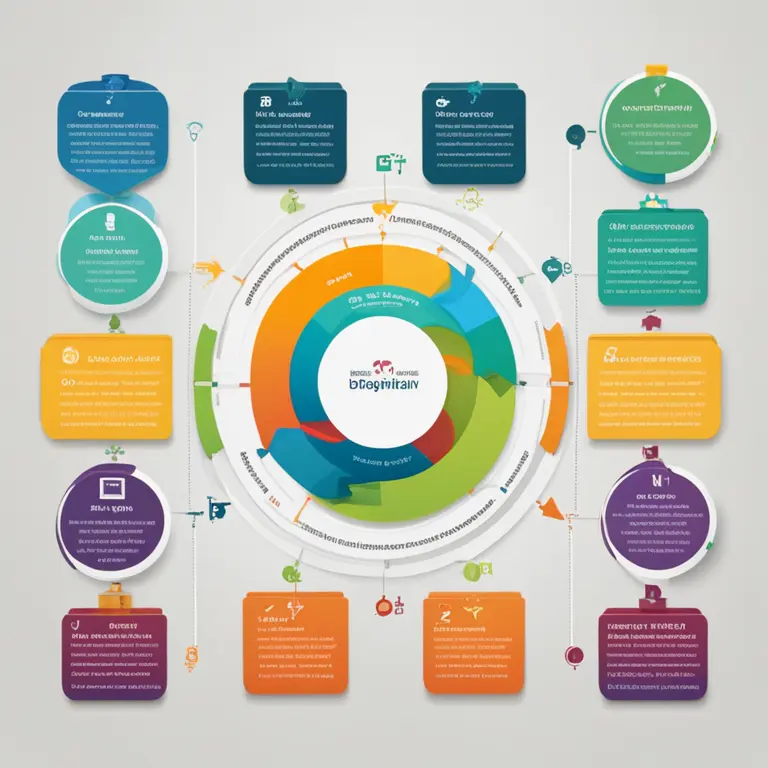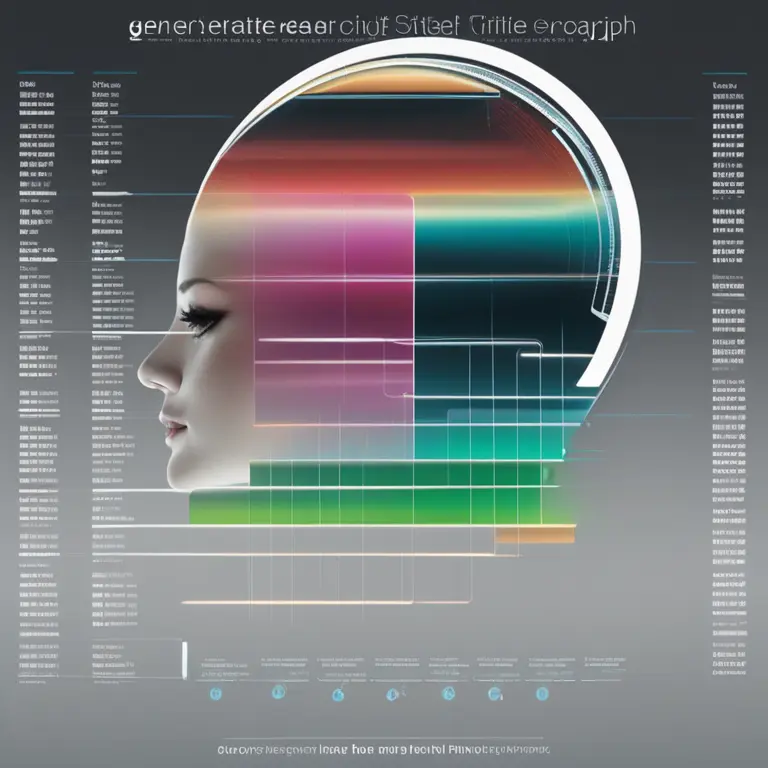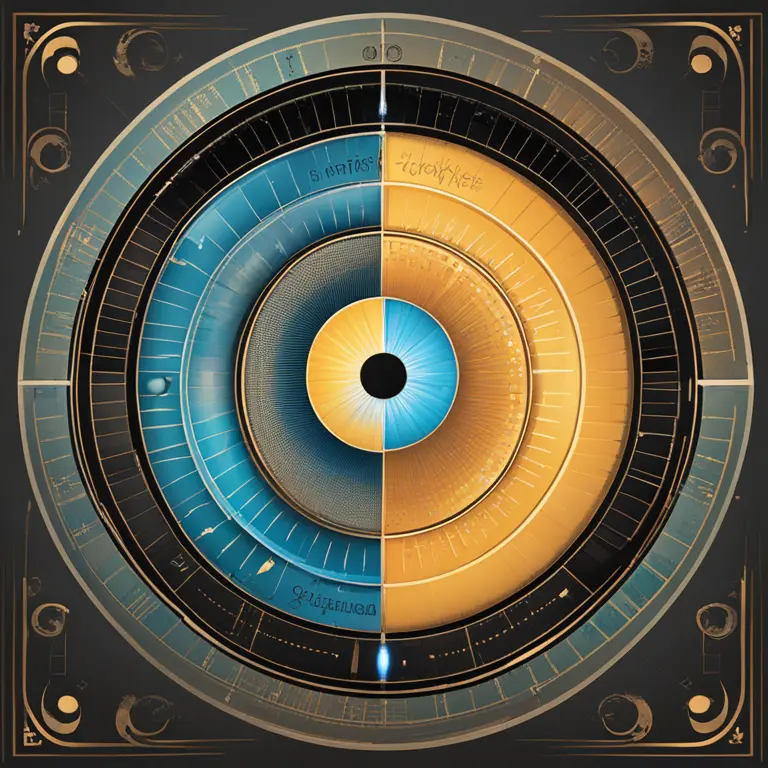
Biorhythm Cycles Overview
Delve into the essence of biorhythms - the innate cycles affecting physical, emotional, and intellectual states - and learn how they influence daily life.
article by Adrian Wallace
Introduction to Biorhythms
Biorhythms are believed to be intrinsic cycles that govern human life. The concept, which surged in popularity during the 20th century, posits that from birth, individuals are influenced by rhythmic biological cycles affecting their physical, emotional, and intellectual abilities. Here, we examine the fundamental aspects of biorhythms, weigh their scientific grounding, and consider their relevance in the contemporary digital age where wellness and personal analytics are at the forefront of modern living.

The Three Primary Cycles
The doctrine of biorhythms segments into three main cycles: the 23-day Physical cycle, the 28-day Emotional cycle, and the 33-day Intellectual cycle. Advocates assert that the Physical cycle influences vitality and health, the Emotional cycle governs moods and sentiments, and the Intellectual cycle affects cognitive functions and alertness. Understanding these cycles is said to offer insights into one's optimal periods for certain activities and decision-making processes.

Interpreting Your Biorhythm Chart
Modern interpretations of biorhythms often involve personal biorhythm charts, generated through software that calculates and visualizes the ebb and flow of an individual's cycles. Users can input their birth date to receive a detailed analysis, which includes predictions on their day-to-day state, potential to engage in physical activities, emotional resilience, and mental sharpness. 2024's tech advancements have made this process more user-friendly, with apps and online platforms offering more interactive and personalized experiences.

Scientific Backing and Skepticism
Despite its popularity, the scientific community often views biorhythms with skepticism. Critics cite a lack of empirical evidence to substantiate the concept's claims. Research studies conducted to explore the validity of biorhythm theory have largely yielded inconclusive or negative results, thus the subject remains contentious within scientific circles. Nonetheless, biorhythms continue to intrigue those in the self-help and new-age circles as a tool for personal insight.

Applying Biorhythms in Daily Life
For believers, incorporating biorhythm awareness into daily life can be a guide for planning activities, from scheduling sports or exams to making pivotal life decisions. The belief is that by aligning actions with one's biorhythmic state, one may enhance performance and emotional well-being. Though a personal belief system, many users report anecdotal success, suggesting a placebo effect or a psychological benefit derived from heightened self-awareness.
Technology and Biorhythm Tracking
As technology evolves, so does the ease with which we track our biorhythmic cycles. Smart devices and wearables integrated with AI, offering predictions and lifestyle advice based on biorhythm data, are increasingly common. These technologies encourage users to take a proactive approach to monitor their biological rhythms, leading to a more attuned and potentially balanced life.
Final Thoughts
While the science of biorhythms might not be universally accepted, the concept invites individuals to be more mindful of their internal patterns and rhythms. Whether for curiosity's sake or in the search for personal optimization, examining one's biorhythm cycles can be an enlightening part of one's journey towards self-discovery and holistic health in 2024 and beyond.
Published: 1/25/2024
Modified: 1/25/2024
More predictions
Come back here soon to learn more about yourself and your future


Your Biorhythm Horoscope Handbook
Discover the intriguing intersection of biorhythms and astrology. Learn how tracking your biological cycles can provide insights into your physical, emotional, and intellectual well-being.


The Human Biorhythm Cycle: Patterns of Life's Ebb & Flow
Delve into the human biorhythm cycle, a compelling concept in the holistic understanding of our physiological and emotional patterns over time.


The Intersection of Biorhythms & Astrology Explored
Discover the link between biorhythms and astrology to gain insights into your life's patterns and potential.